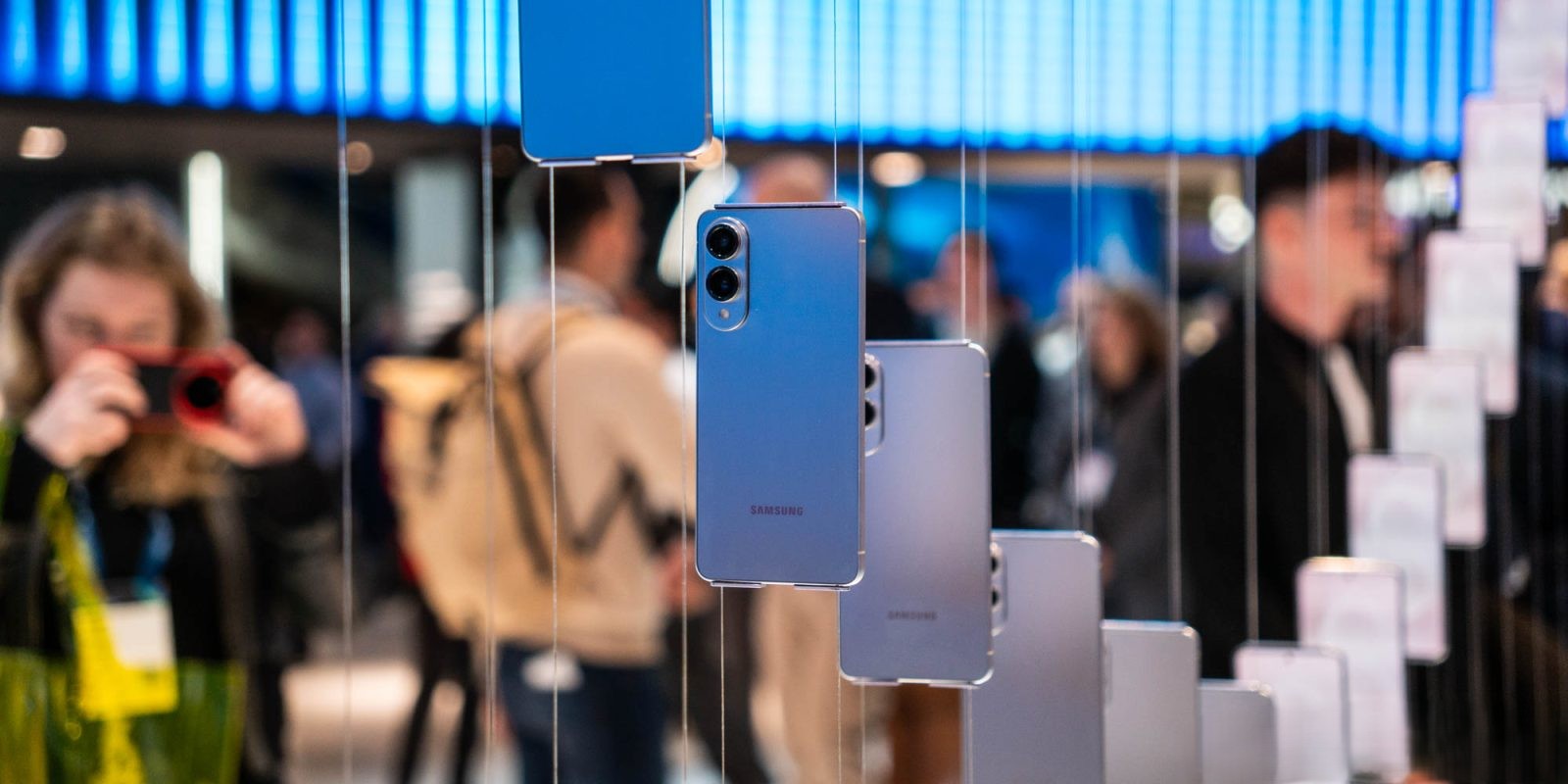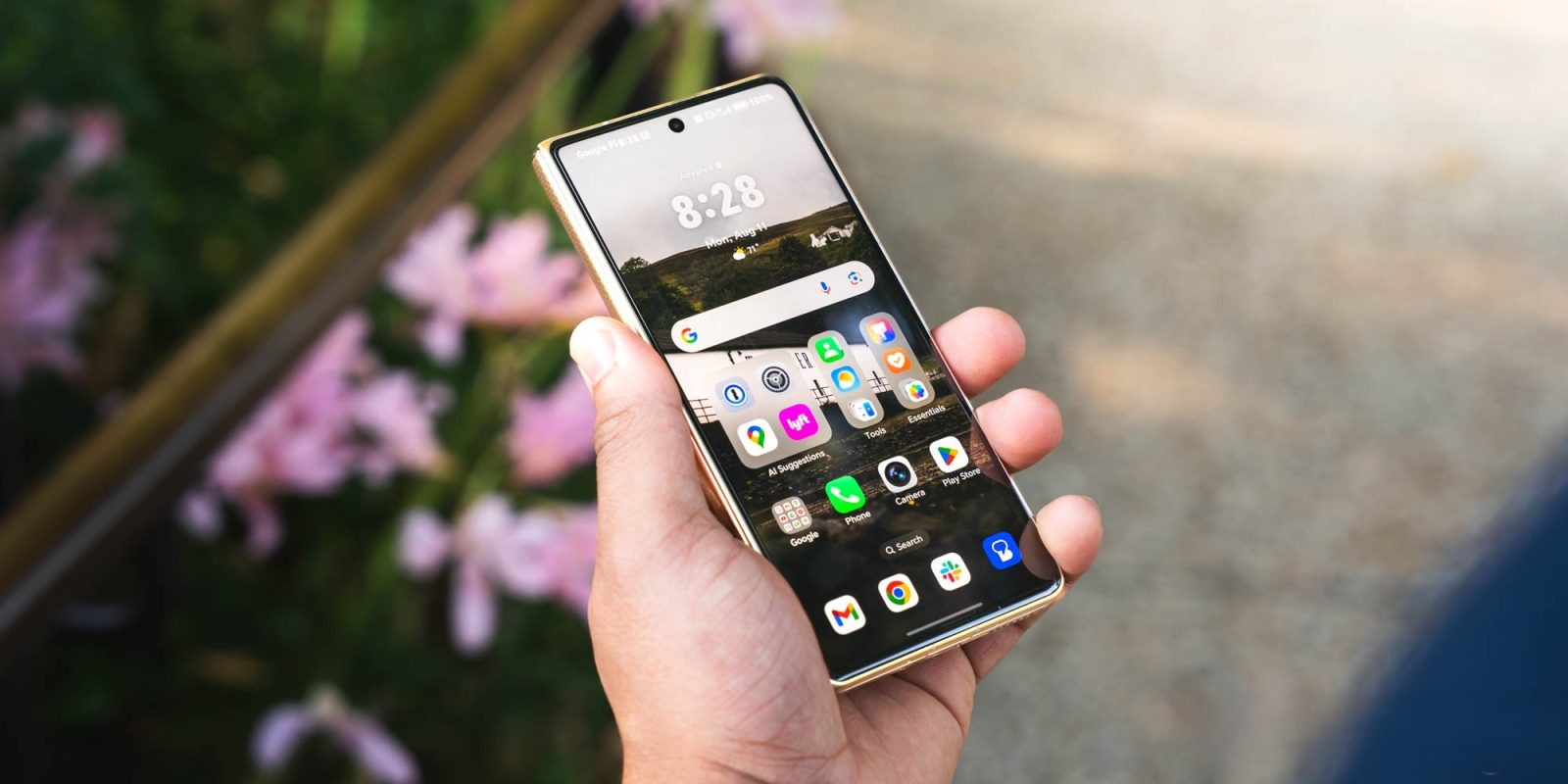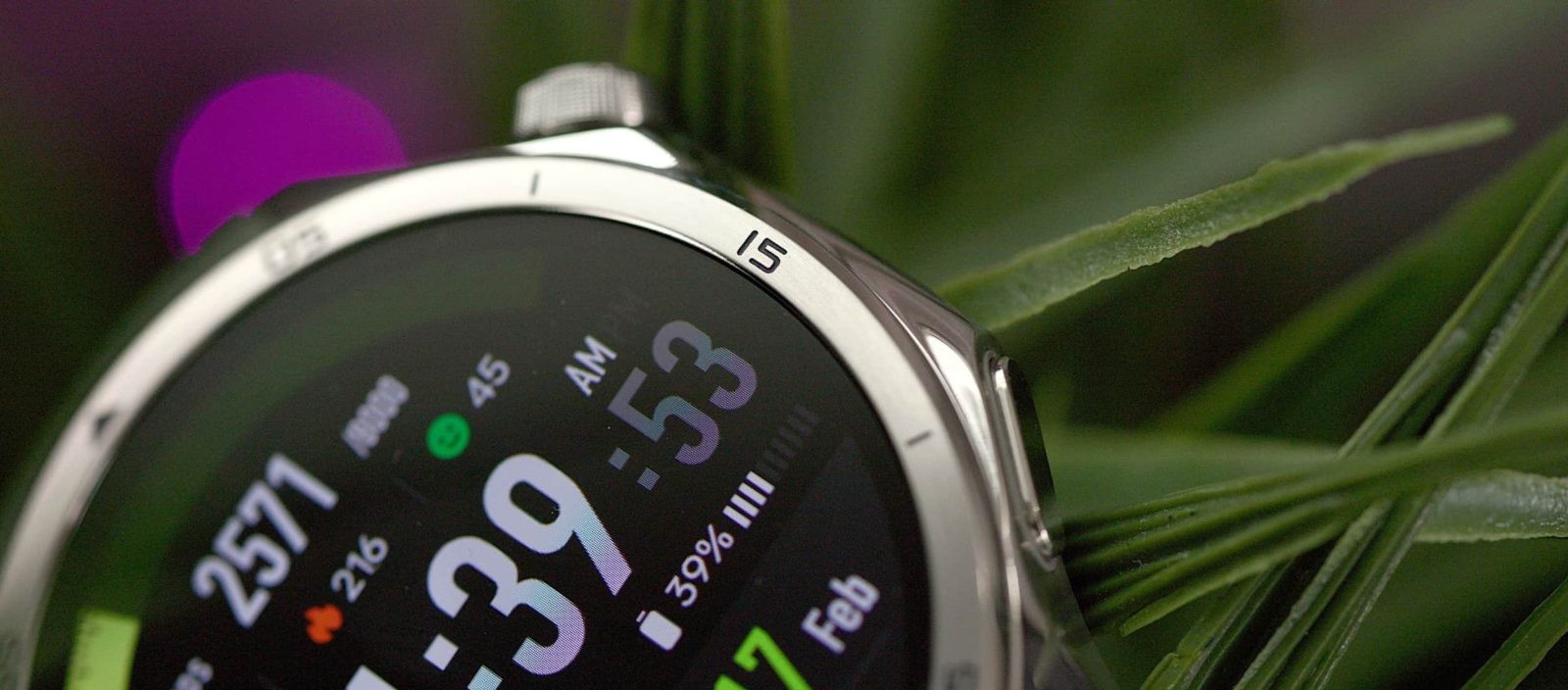Samsung’s Galaxy S26 Edge: A Cautionary Tale of Innovation and Market Missteps
In the ever-evolving landscape of smartphone technology, manufacturers continually strive to push the boundaries of design and functionality. Samsung’s Galaxy S25 Edge was a bold attempt to redefine the premium smartphone experience by emphasizing ultra-thin design and cutting-edge materials. However, the journey from conception to market has been fraught with challenges, leading to significant strategic shifts within the company.
The Genesis of the Galaxy S25 Edge
Samsung’s ambition with the Galaxy S25 Edge was clear: to create a device that combined sleek aesthetics with high-end performance. The company reportedly incorporated ceramic materials to enhance the device’s durability while maintaining a lightweight profile. This choice was aimed at providing a premium feel without compromising on strength. ([9to5google.com](https://9to5google.com/2025/02/19/samsung-reportedly-using-ceramic-materials-for-galaxy-s25-edge/?utm_source=openai))
Design Innovations and Technical Challenges
The Galaxy S25 Edge boasted a remarkably slim profile, measuring just 5.8mm in thickness. Achieving such a slender design necessitated significant compromises, particularly in battery capacity. The device was equipped with a 3,900mAh battery, a decision that sparked considerable debate among consumers and industry experts. Samsung defended this choice, asserting that it was a necessary trade-off to achieve the desired form factor. ([9to5google.com](https://9to5google.com/2025/06/05/samsung-galaxy-s25-edge-battery-interview/?utm_source=openai))
Market Reception and Sales Performance
Despite the innovative design, the Galaxy S25 Edge faced a lukewarm reception in the market. Reports indicated that sales were sluggish, prompting Samsung to make substantial cuts to production shortly after the device’s launch. This underperformance was a stark contrast to the company’s expectations and highlighted the challenges of balancing design innovation with consumer demands. ([9to5google.com](https://9to5google.com/2025/06/20/galaxy-s25-edge-sluggish-sales-report/?utm_source=openai))
Strategic Reassessment and the Galaxy S26 Edge
In response to the Galaxy S25 Edge’s market struggles, Samsung initially planned to introduce the Galaxy S26 Edge, aiming to address previous shortcomings. Leaks suggested that the new model would feature an even slimmer 5.5mm chassis while incorporating a larger 4,200mAh battery, potentially utilizing new battery material technology to achieve this balance. ([9to5google.com](https://9to5google.com/2025/08/06/samsung-galaxy-s26-edge-5-5-mm-chassis-battery-upgrade/?utm_source=openai))
Design Evolution and Industry Trends
The Galaxy S26 Edge was also rumored to adopt design elements reminiscent of Apple’s iPhone 17, including a full-width camera module and the integration of Qi2 magnets for enhanced wireless charging capabilities. This design shift indicated Samsung’s responsiveness to industry trends and consumer preferences. ([9to5google.com](https://9to5google.com/2025/09/04/galaxy-s26-leak-reveals-iphone-17-like-design-and-hints-at-qi2-magnets/?utm_source=openai))
Cancellation and Future Outlook
Despite these planned improvements, reports emerged that Samsung decided to cancel the Galaxy S26 Edge. The decision was attributed to the underwhelming performance of its predecessor and a strategic pivot away from ultra-thin smartphone designs. This move underscores the complexities of aligning innovative design with market viability and consumer expectations. ([9to5google.com](https://9to5google.com/2025/10/16/the-galaxy-s25-edge-failed-so-badly-that-samsung-might-give-up-on-thin-phones/?extended-comments=1&utm_source=openai))
Conclusion
Samsung’s experience with the Galaxy S25 Edge and the subsequent cancellation of the Galaxy S26 Edge serve as a poignant reminder of the delicate balance between innovation and market demands. While pushing the envelope in design and technology is essential, understanding and responding to consumer needs remain paramount. As the smartphone industry continues to evolve, manufacturers must navigate these challenges to deliver products that resonate with users and achieve commercial success.



